Outdoor LED screens are everywhere today, from large-scale advertising billboards to sports arenas, concert halls, and shopping malls. These screens are known for their brightness, clarity, and energy efficiency. But have you ever wondered how an outdoor LED display screen emits light? How does it generate those vibrant, colorful images that catch our attention from a distance?
In this blog, we’ll explore the science behind outdoor LED screens, how the light emission process works, and why they are the perfect choice for outdoor advertising and public display solutions. Whether you are working with a big LED display or sourcing from an LED display factory, understanding these fundamentals will give you a better grasp of LED technology and its advantages.
LED (Light Emitting Diode) technology is used in various applications, from home lighting to big LED screens used in sports stadiums and public advertising displays. The basic working principle behind an LED screen is quite simple yet effective:
LED Diodes:
An outdoor LED screen consists of millions of tiny LED diodes arranged in a grid. Each diode emits light when an electric current passes through it. These diodes are typically made from semiconductor materials, such as gallium nitride, which allows the diodes to emit light when activated.
RGB LEDs:
The most common configuration of LED screens, especially outdoor LED display screens, is the RGB model, where each pixel is made up of three diodes: Red, Green, and Blue. By varying the intensity of each color, the screen can produce any color on the spectrum.
Backlight or Direct Emission:
In traditional LED displays, the light is emitted through a backlight. However, in outdoor LED screens, the diodes themselves emit light directly. This is known as "direct emission," which provides greater brightness and energy efficiency compared to older LCD technology, where a backlight was necessary.
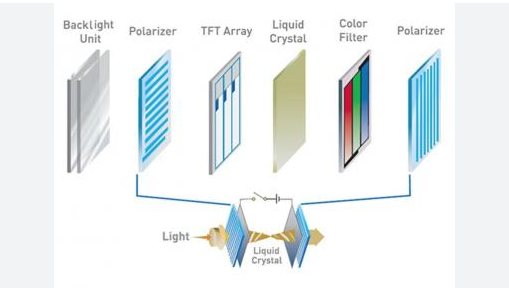
The key feature of outdoor LED screens is their ability to produce bright, vivid, and high-contrast images. Here’s a breakdown of how the light emission process works to create stunning visuals:
Color Mixing:
As mentioned earlier, outdoor LED screens use RGB LEDs. By varying the power supplied to the red, green, and blue diodes in each pixel, the screen can mix these colors to produce millions of different colors. This ability to mix colors results in images with high color accuracy and vibrancy.
Brightness:
Outdoor LED screens are designed to be visible in direct sunlight, making them much brighter than traditional screens. The LED diodes emit light at a higher intensity, which ensures the images on the big LED display are visible even in bright daylight.
Pixel Density:
The higher the pixel density (measured as PPI or pixels per inch), the clearer and sharper the image. High pixel density is crucial for big LED screens used in outdoor environments where viewers may be at a distance. The finer the pixel pitch (distance between individual LEDs), the more detailed and crisp the image will be.
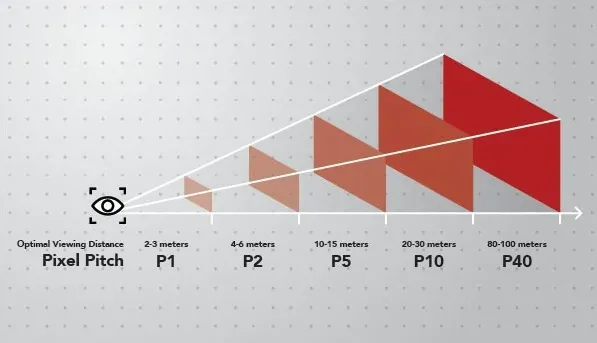
Several factors influence how well an outdoor LED display screen emits light. Below are some critical factors:
Pixel Pitch:
Pixel pitch refers to the distance between each pixel on the screen. Smaller pixel pitch values (e.g., 3mm, 4mm) result in better resolution and greater light emission, leading to clearer and brighter images. For example, outdoor LED screens with a pixel pitch of 3mm will have more vivid colors and sharper images compared to those with a 10mm pitch.
Brightness Rating:
The brightness of an outdoor LED display screen is measured in nits. For outdoor use, the screen needs to emit a higher brightness to overcome the ambient sunlight. A typical outdoor LED screen may have a brightness rating of 5,000 to 10,000 nits, which ensures clear visibility in direct sunlight.

LED Quality:
Not all LED diodes are created equal. The quality of the diodes used in the screen can significantly affect its light output. High-quality LEDs provide brighter, longer-lasting light with better color reproduction, while lower-quality LEDs may result in dimmer displays and quicker degradation over time.
Why choose outdoor LED screens over other types of display technologies like LCD or OLED? Here are a few key advantages:
High Brightness:
Outdoor LED screens can emit light at a significantly higher intensity than traditional LCD screens. This ensures that the content remains visible in outdoor environments, even under direct sunlight.
Energy Efficiency:
LEDs are highly energy-efficient compared to other light sources. LED display factories focus on creating products that are both environmentally friendly and cost-effective, consuming less power without compromising brightness or performance.
Durability:
Outdoor LED screens are designed to withstand extreme weather conditions. They are more durable than other screens and can operate efficiently in rain, snow, and high temperatures. Additionally, big LED screens require minimal maintenance and have a long lifespan, often exceeding 100,000 hours.
Customization:
Outdoor LED display screens can be custom-built to fit any size, from small-scale billboards to large stadium screens. The flexibility in size and configuration makes these displays versatile for all types of outdoor applications.
When selecting an outdoor LED screen, it’s important to consider the quality of the diodes, pixel pitch, and brightness rating to ensure optimal performance. Whether you’re looking for a big LED display for a sports stadium or a smaller outdoor LED screen for a retail space, there’s a wide range of options to suit your needs. Investing in high-quality outdoor LED displays guarantees vibrant, durable, and energy-efficient displays for years to come.
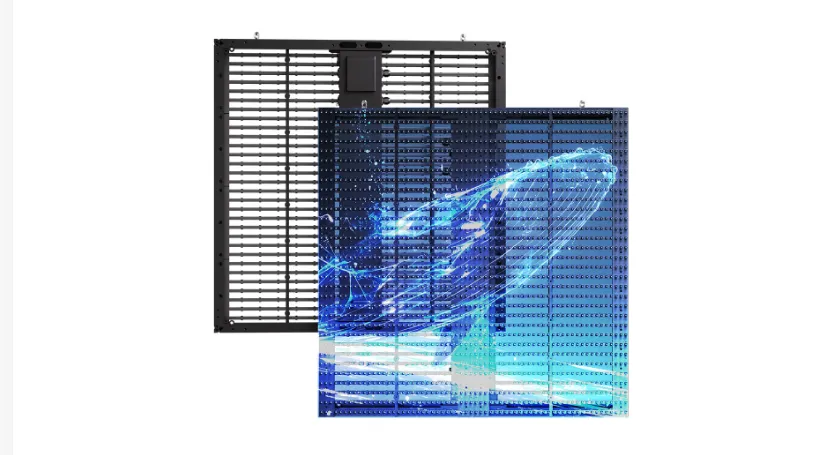
Enhance your outdoor display experience with the BPro Series 32 Outdoor LED Screen.
If you want to learn more about outdoor led screen, please click the follows:
① Why Outdoor Led Screens Are Important In The Hotel Industry
② The Role of LED Display Factory in Advancing Outdoor LED Screen Technology
③ Decoding Technologies: A Comparative Analysis of Outdoor LED Screen Options
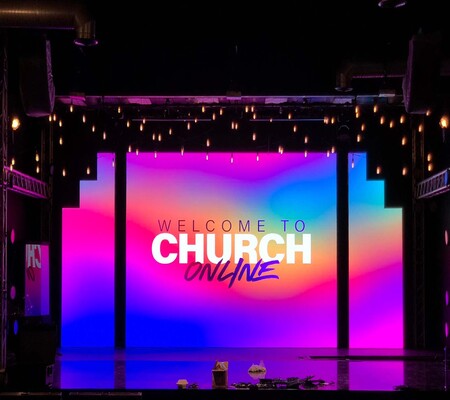
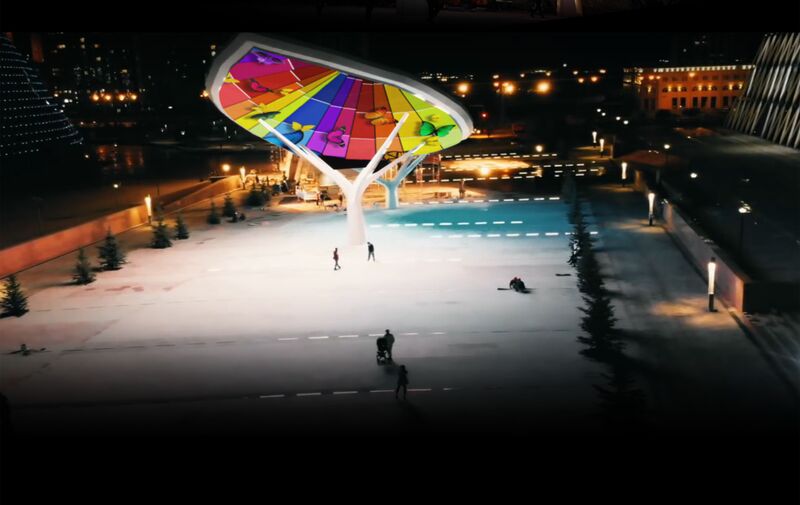
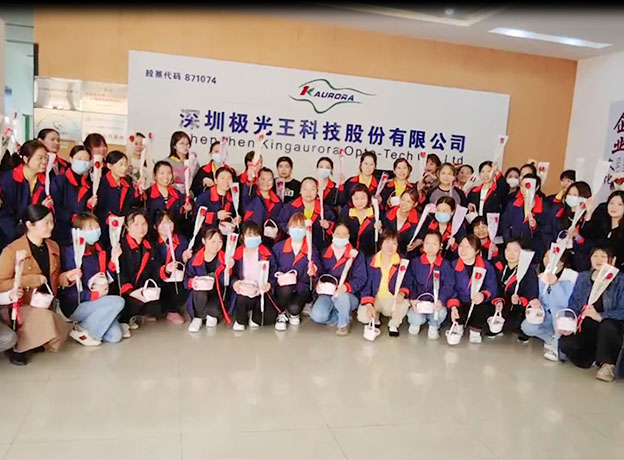
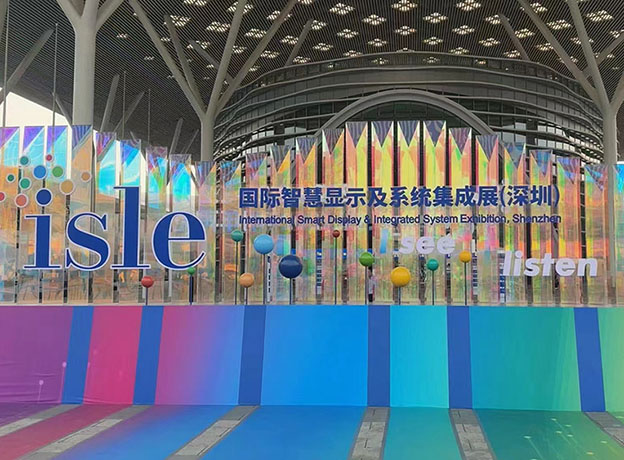

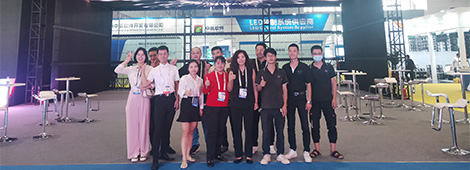
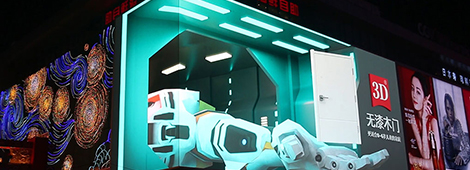
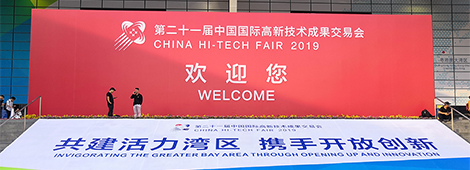

3th Building,Gaosite Zone Pingshan
New District, Shenzhen

sevice88@kingaurora.com
3th Building,Gaosite Zone Pingshan
New District, Shenzhen